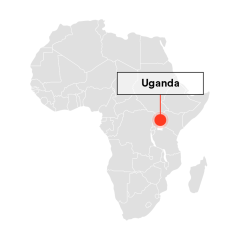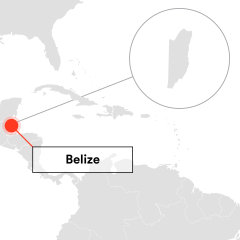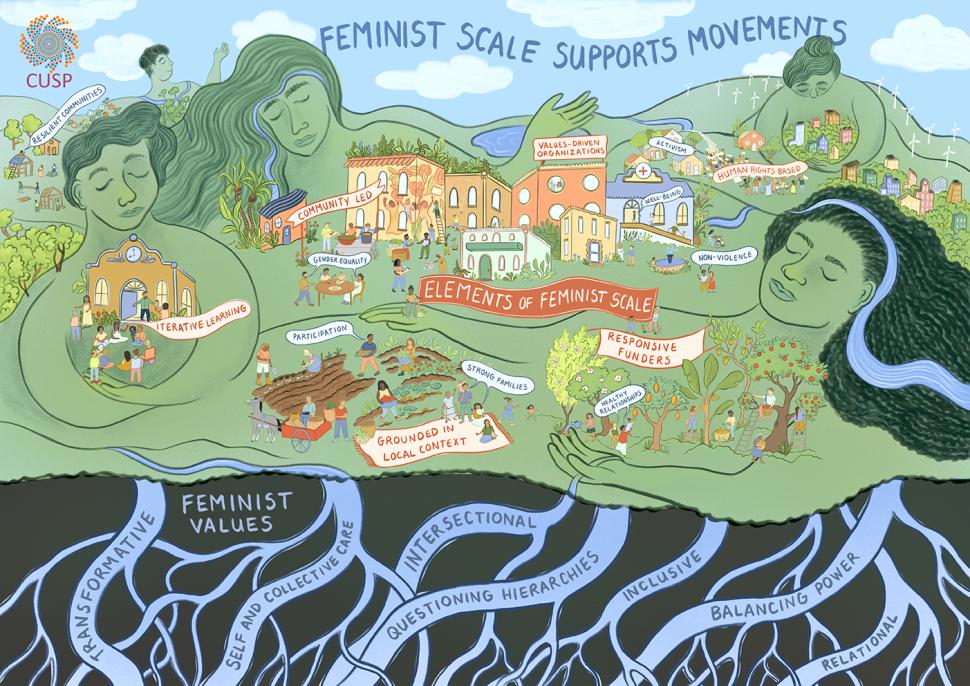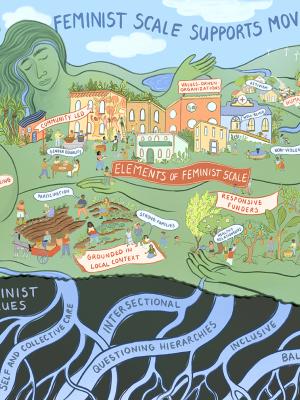Scale programmes to end VAWG

Scale programmes to end VAWG
Case Studies

In 2021, Spotlight Initiative in Uganda applied the SASA! approach to VAWG prevention in refugee camps and accompanied this approach by installing solar streetlights - as a way to extend the reach and impact of the programme.
The SASA! methodology trains community activists to raise awareness and engage people in critical, reflective dialogue about VAWG, reporting mechanisms, and services within communities. It engages all community members, recognising that to shift the harmful gender norms and power inequalities that drive VAWG requires a collective change among sufficient numbers of people. In Uganda, the Spotlight Initiative applied the SASA! methodology, identifying community activists through engagement with community members, community leaders, CSOs, partner organisations, and government counterparts among others. The programme has been able to reach 21,971 people through community activists’ efforts.
In addition to establishing this approach within new refugee settings, Spotlight Initiative also accompanied this approach with the installation of solar streetlights. This was because reports before the programme found that most incidents of VAWG took place in the dark. Following consultation with a range of community stakeholders to understand where best to install these streetlights, Spotlight Initiative installed 103 during the first half of 2021. By combining these two initiatives, Spotlight Initiative was able to challenge the social norms and gender power dynamics that drive VAWG and to create a safer physical environment for women to live in. Together this has expanded the impact of the programme.



In Belize, the Spotlight Initiative programme made significant advances in strengthening and scaling up Comprehensive Sexuality Education (CSE) at the secondary school level through a partnership with the Ministry of Education. The CSE was revised to meet international standards and scaled up to all secondary schools, sharing important anti-VAWG messages.
"CSE training is inclusive and open to everyone and addressed sexual education for all genders and orientations." - Community-level Peer Educator in Belize City
However, not all adolescents and youth attend school. In an effort to reach out-of-school youth, the Belize Family Life Association (BFLA) revised the CSE Peer Education Curriculum and Training Resource Manual in line with international standards. The CSE training aims to assist out-of-school youth in Belize by empowering them to make informed decisions about relationships, sexuality and how to navigate a world where gender-based violence, gender inequality, child marriage & early unions, adolescent pregnancies, HIV and other sexually transmitted infections still pose serious risks to their health and well-being. In 2023, the BFLA enhanced teaching and learning strategies for virtual spaces with support from the Spotlight Initiative. The cadre of CSE community-level trainers was also expanded to reach more young people locally and through popular and youth-friendly social media and video conference platforms. To date, 30 master trainers have been trained and provided with a CSE toolkit (complete with a manual, models, etc.).










